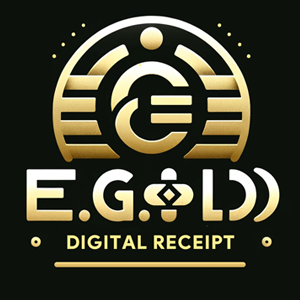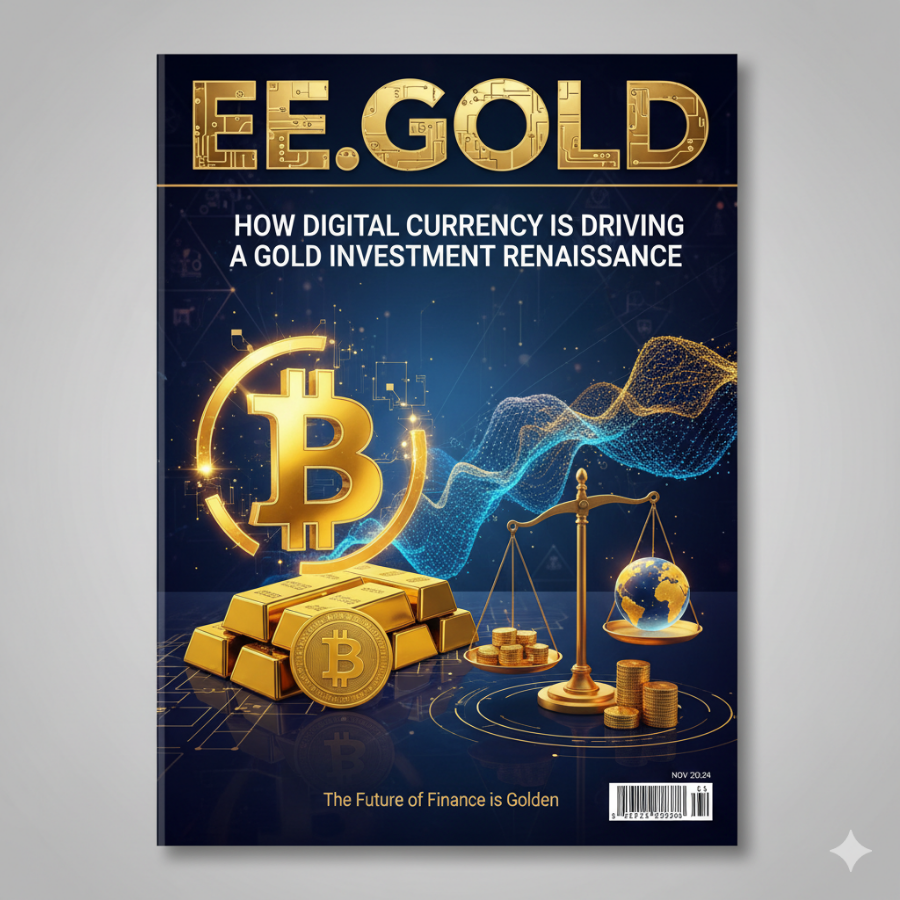
October 7, 2025 - For centuries, gold has stood as the ultimate symbol of wealth and stability. Yet, in an era defined by rapid technological advancement and the meteoric rise of digital currencies, many predicted the yellow metal's eventual obsolescence. The narrative was simple: why invest in a static, physical asset when you can have the dynamic, accessible, and potentially high-growth potential of cryptocurrencies?
However, 2025 has unveiled a fascinating paradox: digital currency isn't killing gold; it's catalyzing a gold investment renaissance. Far from being competitors, cryptocurrencies are, in unexpected ways, driving renewed interest, innovation, and accessibility in the gold market. This phenomenon is transforming how investors perceive and interact with gold, ushering in an era where digital tools enhance, rather than diminish, the appeal of this ancient store of value.
Here's how digital currency is driving this golden revival:
1. The "Digital Gold" Paradigm Shift: Education by Comparison
Bitcoin's moniker as "digital gold" wasn't just a clever marketing term; it was a profound educational tool. By positioning itself as a scarce, decentralized, and inflation-resistant asset, Bitcoin inadvertently highlighted the very characteristics that make physical gold enduringly valuable.
Scarcity and Hard Money Principles: Crypto investors, steeped in the principles of finite supply and resistance to debasement, quickly understood Bitcoin's "hard money" properties. This understanding naturally extended to gold, which possesses these characteristics in spades, but with millennia of proven track record. The crypto community’s rigorous debate about monetary policy and sound money principles has created a generation of investors keenly aware of what makes an asset truly valuable—and gold fits that description perfectly.
Decentralization and Trust: While Bitcoin offers decentralization from governments, gold offers decentralization from the digital realm itself. Crypto investors, wary of centralized control, are increasingly seeking assets that exist outside of any single digital infrastructure or regulatory framework. Physical gold, by its very nature, offers this ultimate form of independence.
2. Tokenization: Bridging the Digital and Physical Divide
Perhaps the most direct link between digital currency and gold's resurgence is the rise of tokenized gold. This innovation allows investors to own fractional shares of physical gold, represented by digital tokens on a blockchain.
Enhanced Accessibility: Tokenized gold breaks down traditional barriers to entry. Investors can buy, sell, and transfer gold 24/7 with the same ease as cryptocurrencies, often with lower minimum investments than traditional physical gold purchases. This appeals directly to the digital-native investor accustomed to instant liquidity and seamless transactions.
Transparency and Auditability: Blockchain technology provides a transparent and immutable record of ownership, often linked to regularly audited physical gold reserves. This addresses common concerns about the provenance and backing of physical gold holdings, increasing trust among a tech-savvy audience.
New Use Cases: Tokenized gold can be used as collateral in decentralized finance (DeFi) protocols, traded on crypto exchanges, or even integrated into payment systems, opening up new utility for the ancient asset in the modern financial landscape.
3. Hedging and Diversification in a Digital World
The very volatility of the cryptocurrency market, while offering immense potential returns, has also underscored the need for robust diversification. Savvy crypto investors, having accumulated significant wealth in digital assets, are now looking for ways to preserve and stabilize those gains.
Risk Mitigation: Gold acts as a counter-cyclical asset to many riskier digital holdings. When crypto markets experience corrections or "crypto winters," gold has historically maintained or even increased its value, providing a crucial hedge.
Ultimate Safe Haven: In a world increasingly prone to cyber threats, geopolitical instability, and potential systemic financial risks, the ultimate tangibility of physical gold provides a sense of security that even the most advanced digital assets cannot fully replicate. Crypto investors, more than any other group, understand the fragility of digital systems and the importance of having an "off-grid" store of value.
The relationship between digital currency and gold is evolving from perceived rivalry to a powerful synergy. Cryptocurrencies have not replaced gold; instead, they have educated a new generation of investors about the enduring principles of sound money, provided innovative digital pathways to physical gold ownership, and highlighted gold's irreplaceable role as a hedge and safe haven in an increasingly digital and uncertain world. As we move further into the 21st century, it's clear that the digital revolution is not just bringing new assets to the fore, but also breathing new life into the most ancient of them all.
NOTE
This Content is the copyrighted content of EE.GOLD. All rights are reserved. You are welcome to share or use our content only by including direct links to our website. Any other form of reproduction, distribution, or use without proper attribution is strictly prohibited.
This Content is intended solely for educational purposes. The information provided does not constitute financial or investment advice.
Please note that Digital Storage Receipt, Secure Storage Solutions, and Physical Gold Sales are the only services offered by EE.GOLD.
We strictly adhere to government regulations and are firmly against all illegal financial or investment activities globally.
For further inquiries, feel free to contact us through our official channels.

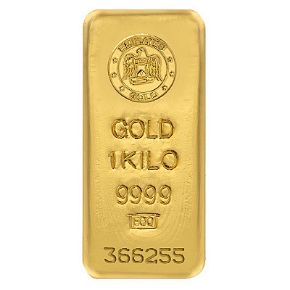
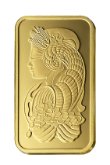

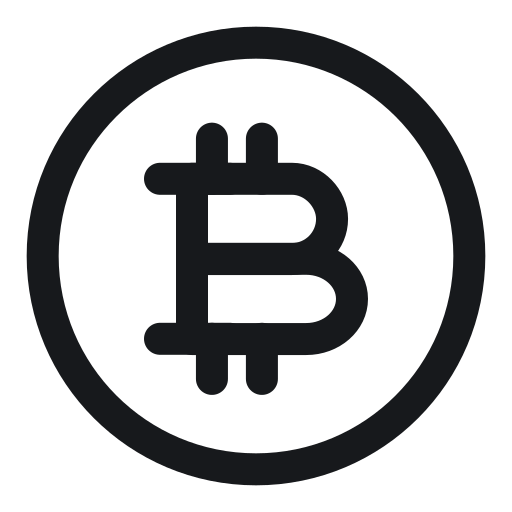
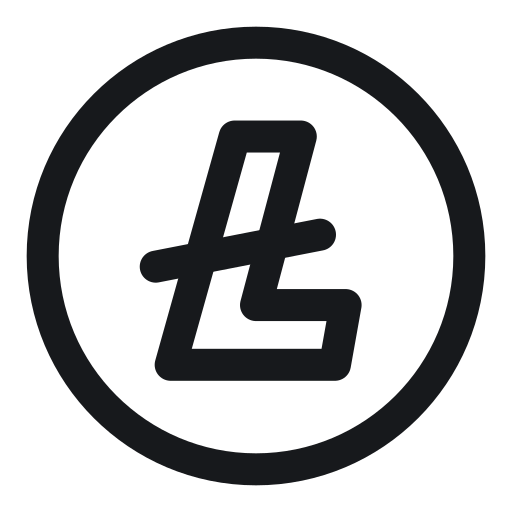
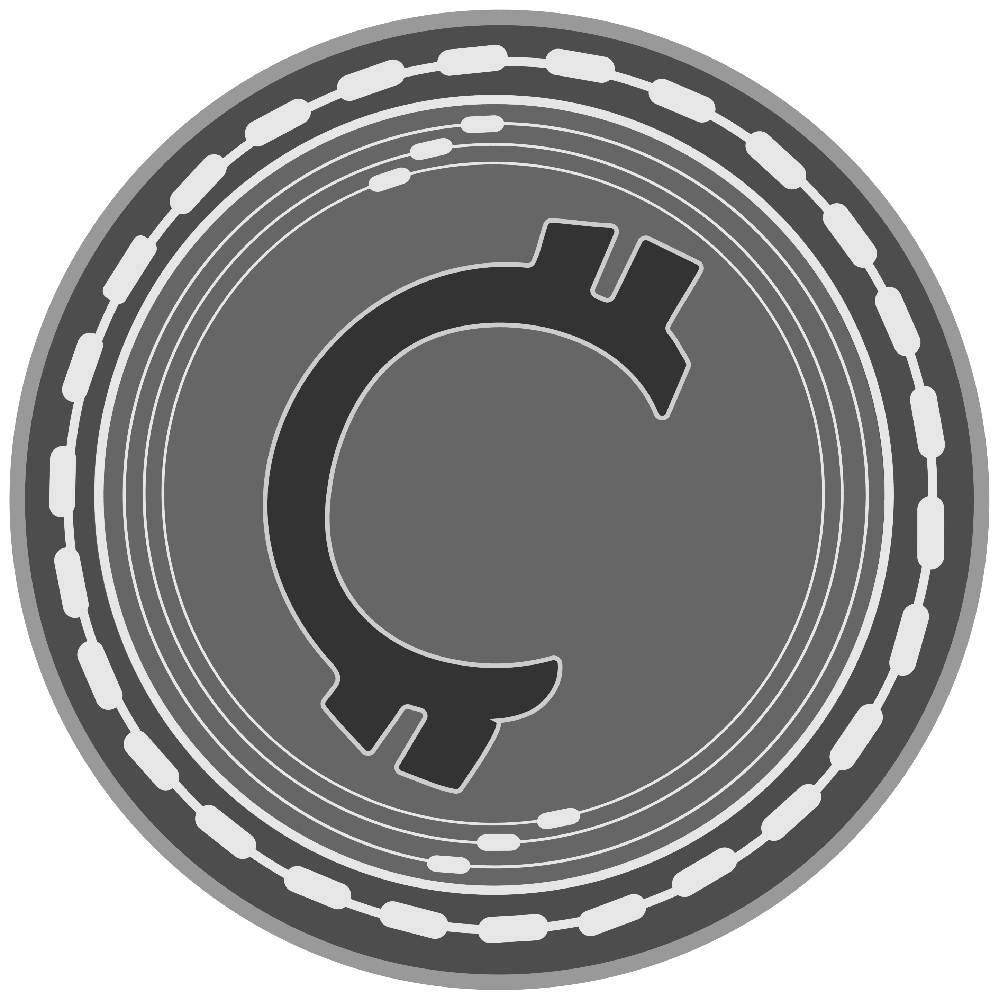
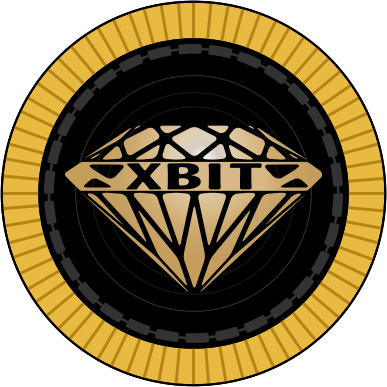


.png)

